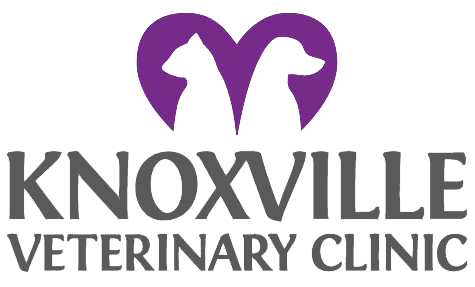Library
-
Adverse food reactions in cats are either caused by food allergy – an immune response to something ingested or food intolerance – a non-immunological response to something ingested. Signs of food intolerance are generally digestive in nature only. Food intolerance will generally occur on the initial exposure to the food or food additive in contrast to food allergy which requires repeated exposures to develop. Different causes of food intolerance include food poisoning, or inappropriate ingestion of an irritant, reaction to food additives, histamine reactions, lactose intolerance and dietary indiscretion such as eating fat or bones. A dietary history is important in diagnosing these conditions.
-
Adverse food reactions in dogs are either caused by food allergy – an immune response to something ingested or food intolerance – a non-immunological response to something ingested. Signs of food intolerance are usually only digestive in nature. Food intolerance will generally occur on the initial exposure to the food or food additive in contrast to food allergy which requires repeated exposures to develop. Different causes of food intolerance include food poisoning, or inappropriate ingestion of an irritant, reaction to food additives, histamine reactions, lactose intolerance and dietary indiscretion such as eating fat or bones. A dietary history is important in diagnosing these conditions.
-
Dogs often break their teeth from chewing on bones, antlers, and hard chew toys. There are five classifications of tooth fractures and each needs treatment to avoid tooth sensitivity and pain. Clinical signs include chewing on one side of the mouth, excessive drooling, dropping food while eating, pawing at the mouth, and facial swelling. Your veterinarian may perform a root canal or extract the tooth. Eliminating hard chew toys and treats can prevent tooth fractures.
-
The Frenchie is a quiet but sociable dog who continues to love snoozing on human laps and otherwise cuddle at every opportunity.
-
Frunevetmab is a formulation of feline anti-nerve growth factor antibodies used to control osteoarthritis pain in cats. This medication is given by an injection under the skin, usually at the veterinary clinic. Side effects may include vomiting, diarrhea, appetite loss, itching, scabbing and hair loss on the head and neck, and pain at the injection site. Call your veterinary office immediately if you suspect an overdose or an adverse reaction to the medication.
-
Gastritis refers to inflammation of the lining of the stomach and is associated with a number of causes and underlying conditions. The most common clinical signs associated with gastritis are sudden vomiting and decreased appetite. Acute gastritis is typically self-limiting and of short (less than 24 hours) duration. The cause is normally not discovered because the clinical signs usually resolve before diagnostic testing is performed. In chronic cases, more involved testing will be undertaken to determine the exact cause of the cat's vomiting.
-
Gastritis is defined as inflammation of the lining of the stomach. The most common clinical signs associated with gastritis are sudden vomiting and decreased appetite. Other clinical signs may include dehydration, lethargy or depression, increased thirst, blood in the vomit or feces, and abdominal pain. In acute cases, only minimal diagnostics such as blood and urine tests are required. Treatment depends on the underlying cause. Most acute cases resolve without medical intervention.
-
Gastroenteritis is inflammation of the gastrointestinal tract (the stomach and intestines). It can be caused by infection with bacteria, viruses, parasites, medications, or even new foods. The condition often causes abdominal pain, diarrhea, vomiting, and other clinical signs. The principal treatment of gastroenteritis consists of rehydration and restoring blood electrolyte balance
-
Gastroenteritis is inflammation of the gastrointestinal tract (stomach and the intestines). It can be caused by infection with bacteria, viruses, parasites, medications, or even new foods. The condition often causes abdominal pain, diarrhea, vomiting, and other clinical signs. The principal treatment for gastroenteritis is rehydration and restoring blood electrolyte balance
-
Gastroesophageal reflux disease (GERD) is a chronic condition in which stomach acid flows from the stomach to the esophagus. In dogs with GERD, stomach acid passes through the lower esophageal sphincter and enters the esophagus. Possible signs associated with GERD include decreased appetite, difficulty swallowing, licking the lips, change in bark, chronic cough, appearance of generalized discomfort, pacing, or restlessness at night. Gastrointestinal reflux disease is often diagnosed on the basis of endoscopy. There are a number of different treatments for GERD. Most dogs require a combination of treatments, each of which addresses the problem differently. Most dogs experience a rapid improvement in clinical signs with treatment.

